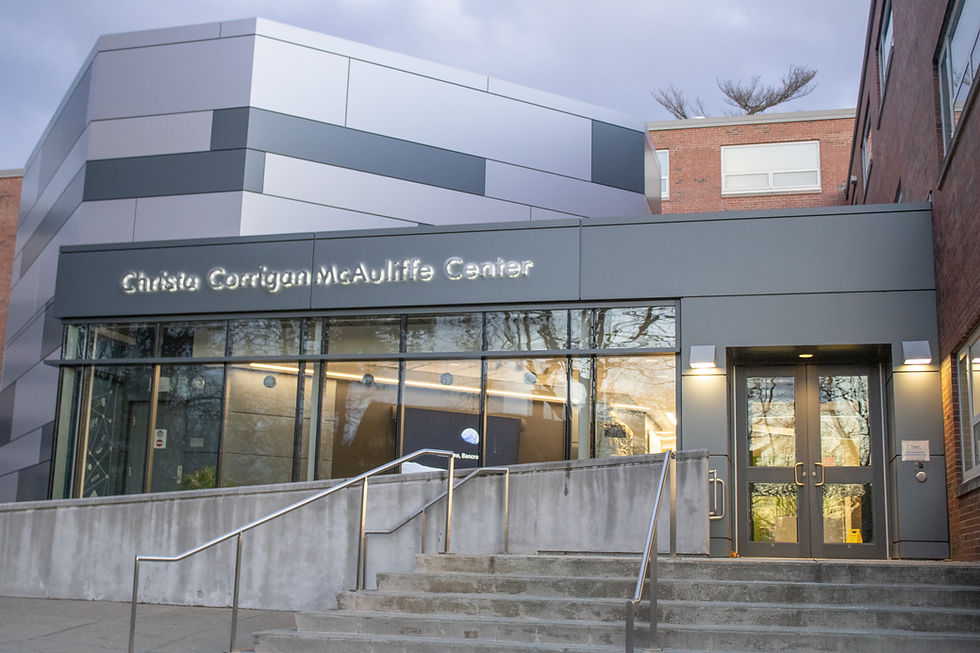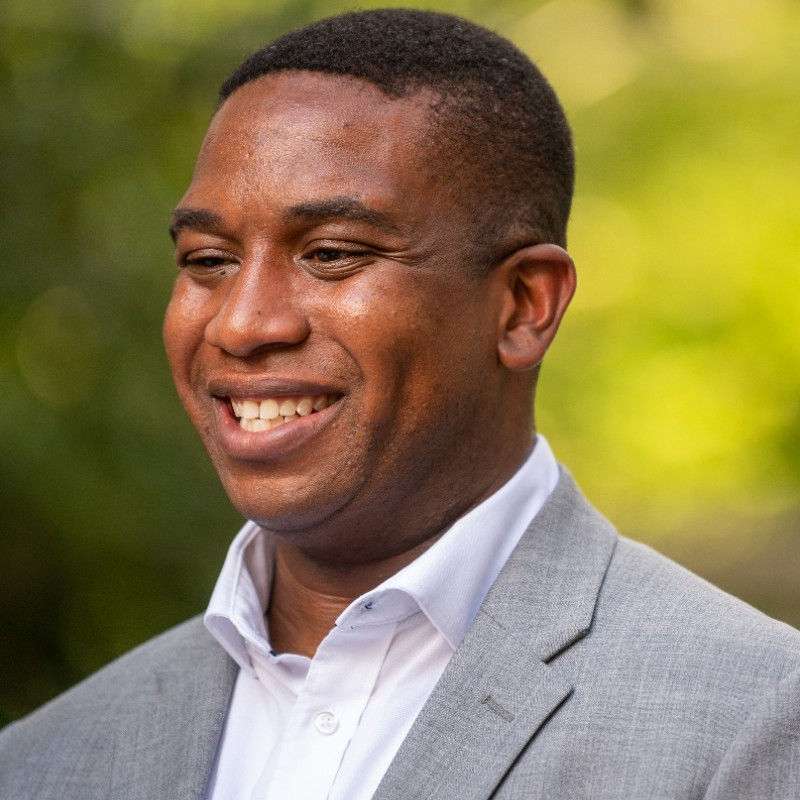Combating food insecurity: Food pantry to open on FSU campus
- Bailey Morrison
- Oct 5, 2017
- 6 min read
By Bailey Morrison
FSU plans to open a food pantry within the next year, said Michelle Yestrepsky, coordinator of student services.
The pantry, to be named “Rams Resource Center,” will serve as a food pantry for the entire FSU community but will not initially be open to the greater Framingham area.
Last fall, a survey was distributed to students to determine how many lacked regular access to
nutritious food. In response to the survey results, the Food Insecurity Task Force began the search for a location, said Yestrepsky.
Yestrepsky has been working since 2015 as the “single point of contact” for students with food or housing insecurities. As the single point of contact, she is in charge of the Food Insecurity Task Force, which assesses the severity of need on campus.
According to the USDA, food insecurity is defined as disrupted eating patterns and a lack of regular access to nutritional food due to financial strain.
Four-hundred-ninety-three students responded to the survey and 160 students at FSU indicated they “often” or “sometimes” skipped a meal because they didn’t have enough money to buy food.
Yestrepsky said 75 survey respondents were “likely or very likely” to use a food pantry and 138 were “unsure.” One-hundred-ninety-one students indicated they did not have regular access to nutritious food.
With the data compiled from the survey, Yestrepsky said she felt “confident” there was enough need on campus to begin looking for a location for a food pantry.
She said the Food Insecurity Task Force is working closely with the Framingham health inspector to complete an application that will allow the pantry to be built in West Hall.
Tyler Carden, a senior and member of the Food and Nutrition Club, said, “I think this is a great
opportunity to provide students, community members and faculty with such an excellent resource. With this new pantry, we can augment nutritional adequacy and help work toward eradicating the ever-present scourge of hunger.”
Lorretta Holloway, vice president for enrollment and student development, said, “What struck people on the [food insecurity] committee was the fact that students felt their access to food had impacted their ability to do well in their classes. We thought that was reason enough to look into having a food pantry on campus.”
According to Holloway the projected cost of the pantry is $12,000.
She said the costs of the project will partially be funded by the student support funds set aside for students with food insecurities. The fund totals approximately $10,000 but will not be used in its entirety.
President F. Javier Cevallos said, “We’re going to have to identify outside funding for the project. You know, it’s hard to find donors willing to help in a small thing like a food pantry. We will do our best to find the resources and funding.”
Rita Colucci, chief of staff and general counsel, serves on the Food Insecurity Task Force. She said she will volunteer at the pantry and answer any legal questions that arise.
She said, “The important thing to tell yourself, if you are a student who needs to use the pantry, is that there will come a day when you can and will pay back the favor in one way or another. In other words, what someone is doing for you now, you will in turn do for others later. In my mind, that makes it OK – just think of it as a loan that you will be paying back when you are in a position to do so.”
The University will be soliciting donations from alumni to build the pantry, as well as fundraising to meet the funding requirement, Holloway added.
Ralph Eddy, director of dining services, said Sodexo donated $1,000 to the project through the new Sodexo contract. This is a yearly contribution called the Annual Campus Pantry Grant.
Eddy, who sits on the Food Insecurity Task Force, said Sodexo will be helping to train the volunteers working at the pantry. He said he has also been working closely with the task force and the Board of Health to determine what work needs to be done to the space where the pantry will open.
“I think anything we can do to make those services more accessible on campus is reason enough in itself to do it,” he said. The committee is aware of students who have a need, but may not be able to make it to a pantry. Having a food pantry on campus would make these resources “very accessible” to them.
“It’s unfortunately one of those things that, by saying it’s successful – it’s a double-edged sword. Because that means there’s a need out there, but at the same time, on a positive note, that need is being serviced,” Eddy added.
He said, “It’s really hard to thrive in an academic environment when you’re hungry, when you don’t know where you’re going to get your food, when you don’t know where you’re going to sleep. This program gives those individuals a much greater chance at success.”
Ben Montemurro, a senior and Sodexo worker, said Sodexo gives away food to a local pantry that helps combat food insecurity in the area. “Having [a pantry] on campus could make that easier. I mean, I don’t know the overall effect on the campus but I think it’s a good idea overall.”
Cevallos said, “From the moment I got to campus, I was worried about students who could be homeless or have food insecurity.” He approached the Alumni Board and Independent Alumni Association and asked them to raise emergency funds for students with food and housing needs.
He said, “I really worry about students who cannot complete their education due to food insecurity.”
Billy Wolfe, senior and member of the Food and Nutrition Club, said, “It’s an important thing for our campus to have. To be honest, I would never have guessed that that many students struggle to pay for meals since I take the fact that I have a meal plan for granted.”
The funds will go toward making the space safe to store and serve food. It currently functions as a bike storage room. Exposed pipes must be covered, a sink must be installed and shelves to store the food must be built before the pantry can open. Holloway said she hopes the task force can solicit local businesses to donate shelving to the pantry.
Holloway said, “I’m an English literature person, so I always think about literature. George Bernard Shaw talked about how we look at poverty as a crime. We often look at people who have the misfortune of being unfortunate as a moral failing.” She hopes students won’t have that judgement.
“I want students to look at the pantry like they look at their own refrigerator. Maybe your mom is like, ‘Did you eat the last of the peanut butter?’ But, it’s not because she’s mad at you. It’s out of love.”
Yestrepsky said she envisions the pantry having an “open shopping concept,” where patrons can select the items they would want to eat rather than volunteers handing out prepackaged items. “Hopefully, we’ll be able to hand out reusable bags that people will be able to bring back with them every time.”
She said when the pantry opens, the Food Insecurity Task Force will be accepting donations of non-perishable goods and eventually partner with local organizations to offer produce on a daily basis.
Yestrepsky said she wants to create a list of suggested donations so when students want to donate to the pantry, they will know what is needed. She added items such as toiletries as well as food will be accepted.
She added, “What I always tell students, first and foremost, is to get help when you need it. The exciting part of being in college is, one day, when you’re graduated, you’ll be in a position to help others. Right now, you’re in a position where, obviously, you have to focus on classes. There’s not enough time to focus on work and it makes sense you would need help. So, I would encourage anyone who needs help to come forward.”
She said the pantry will be a very non-judgmental place where the volunteer workers will have “very extensive training,” as well as guides available for other resources on campus.
Yestrepsky plans to for the pantry to be open for one or two days per week, with campus-wide advertisements to inform students about the hours.
Additionally, student information will not be saved. Anyone is welcome to use the pantry and the number of students using the pantry will be tallied anonymously, she added.
Junior Hailey Small serves on the Food Insecurity Task Force as the student liaison. Small supports the endeavor because she believes there are many students whose financial struggles “fall through the safety net” of financial aid.
Small said the task force wants to address the larger stigma about food insecurity. “There wouldn’t be these programs if it was only one person who needed it. ... You are not the first person that has gone hungry, but you can be one of the first people who can address it on campus.”





